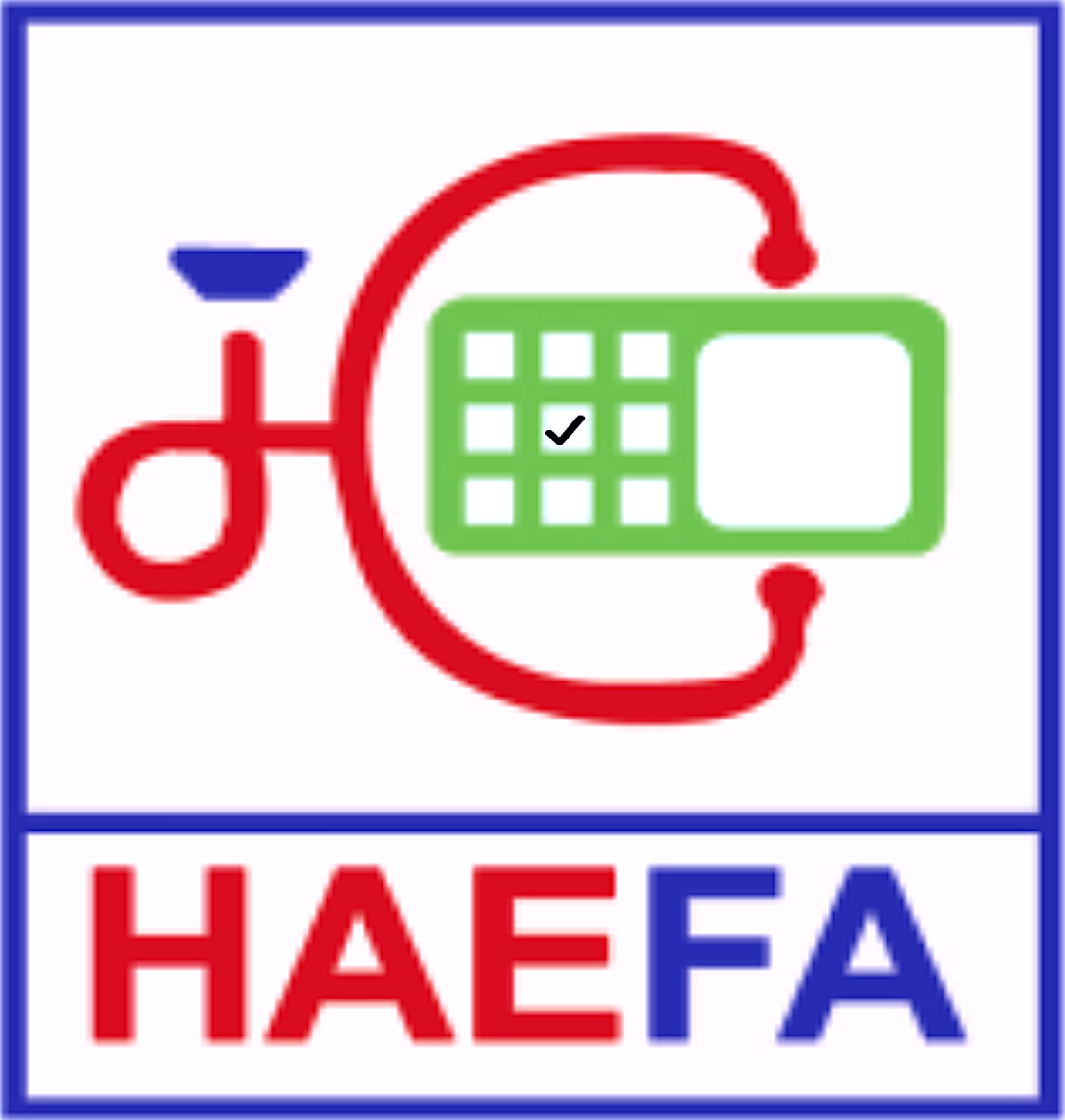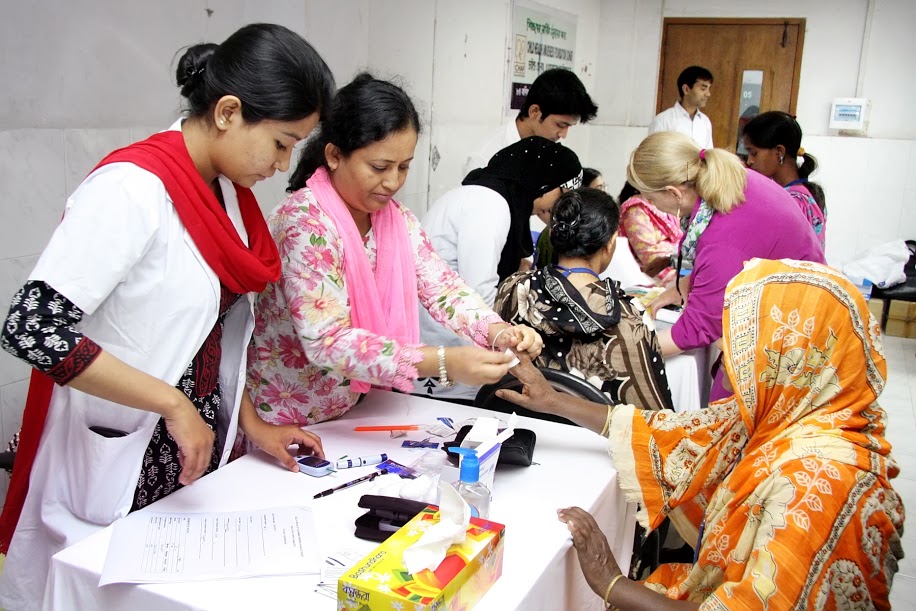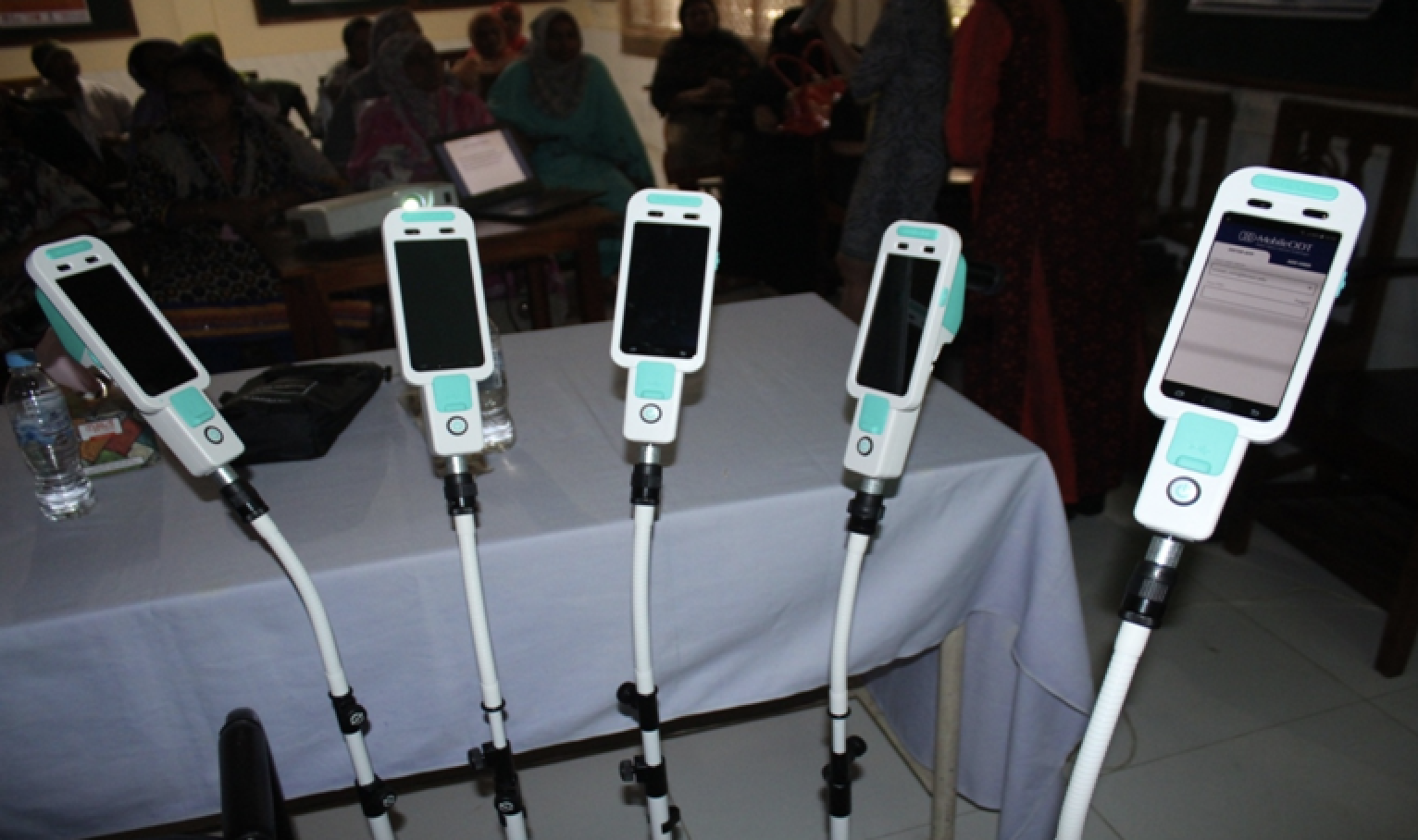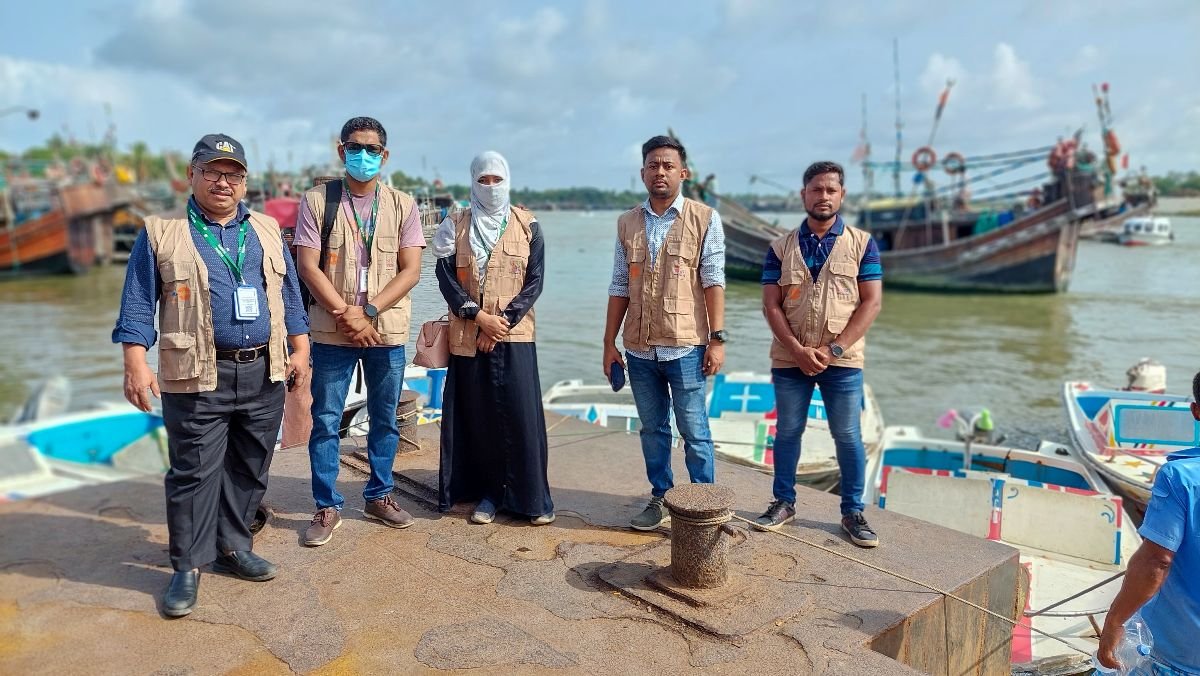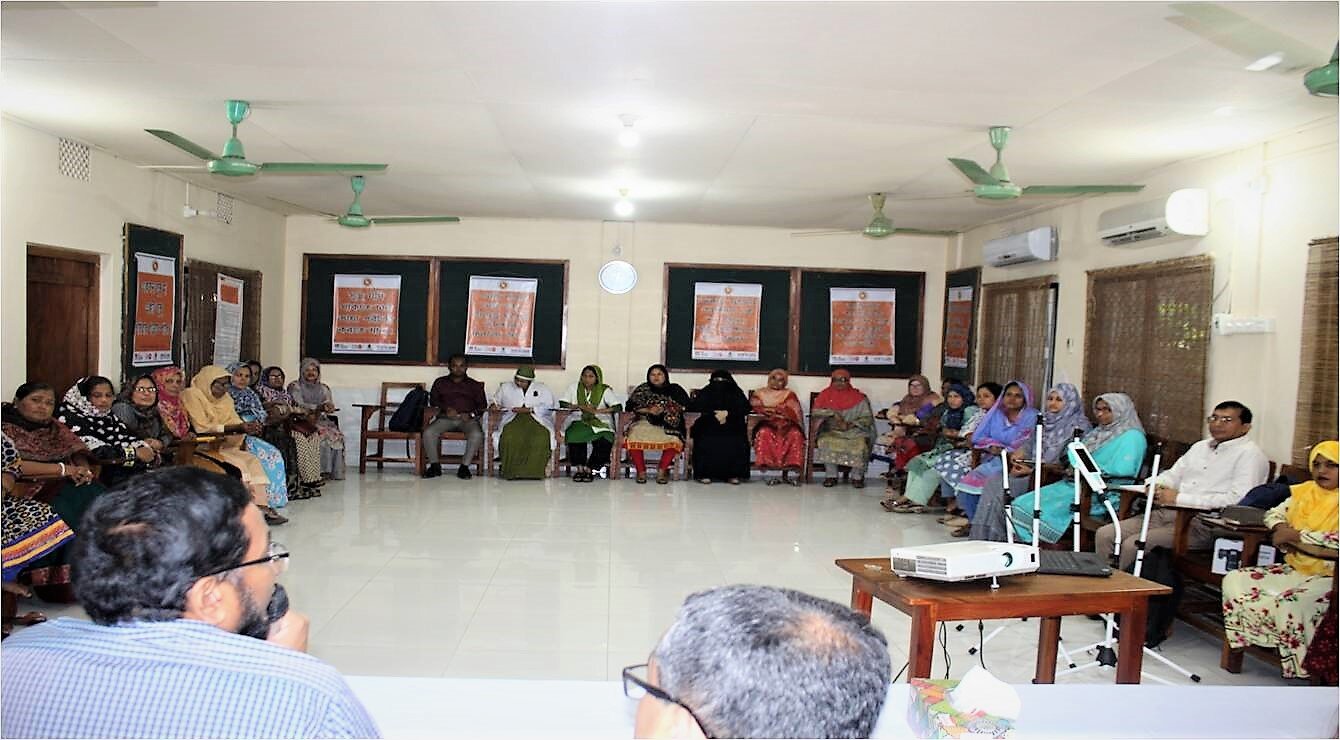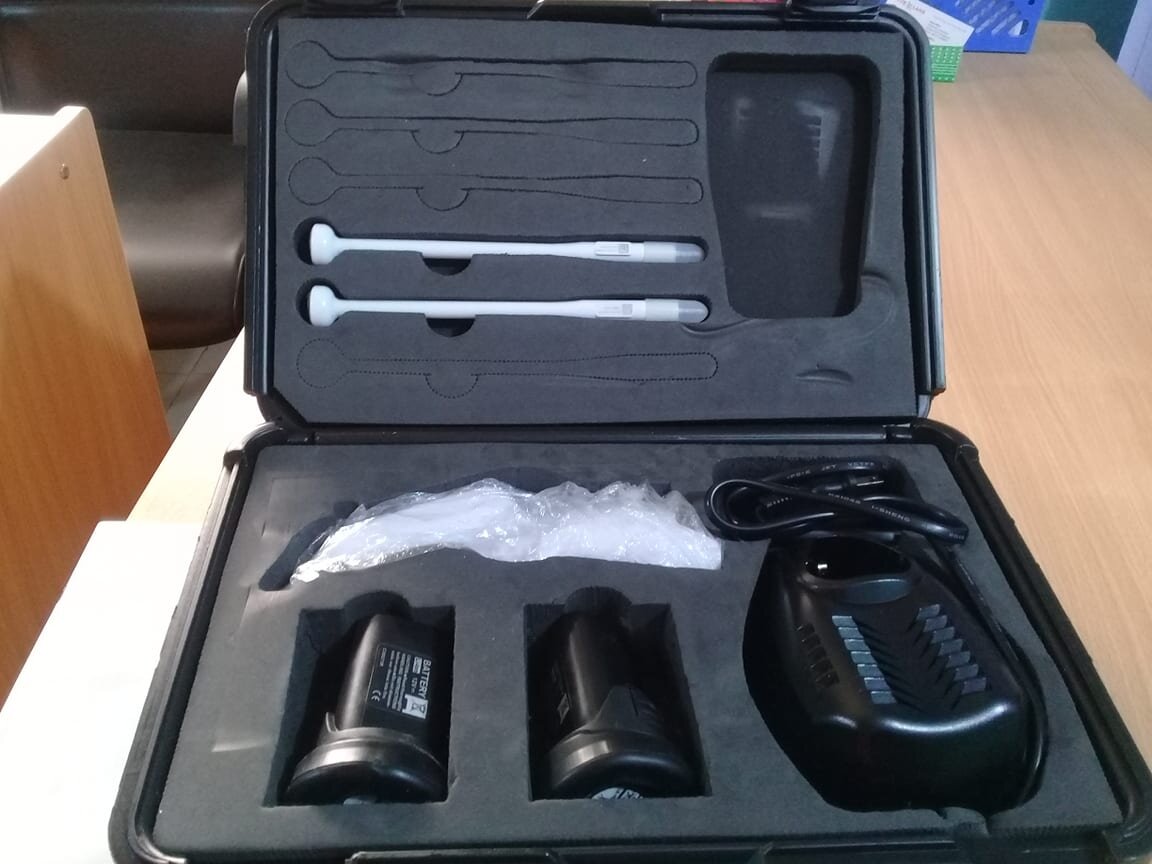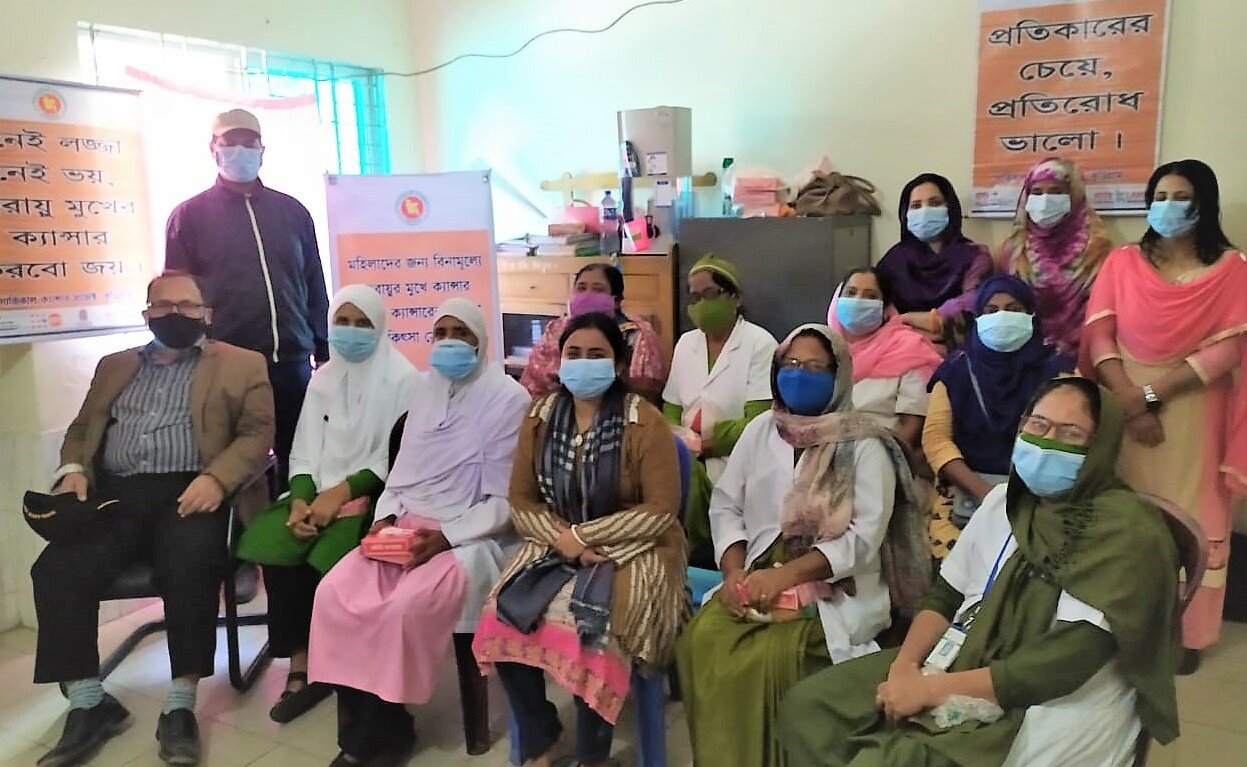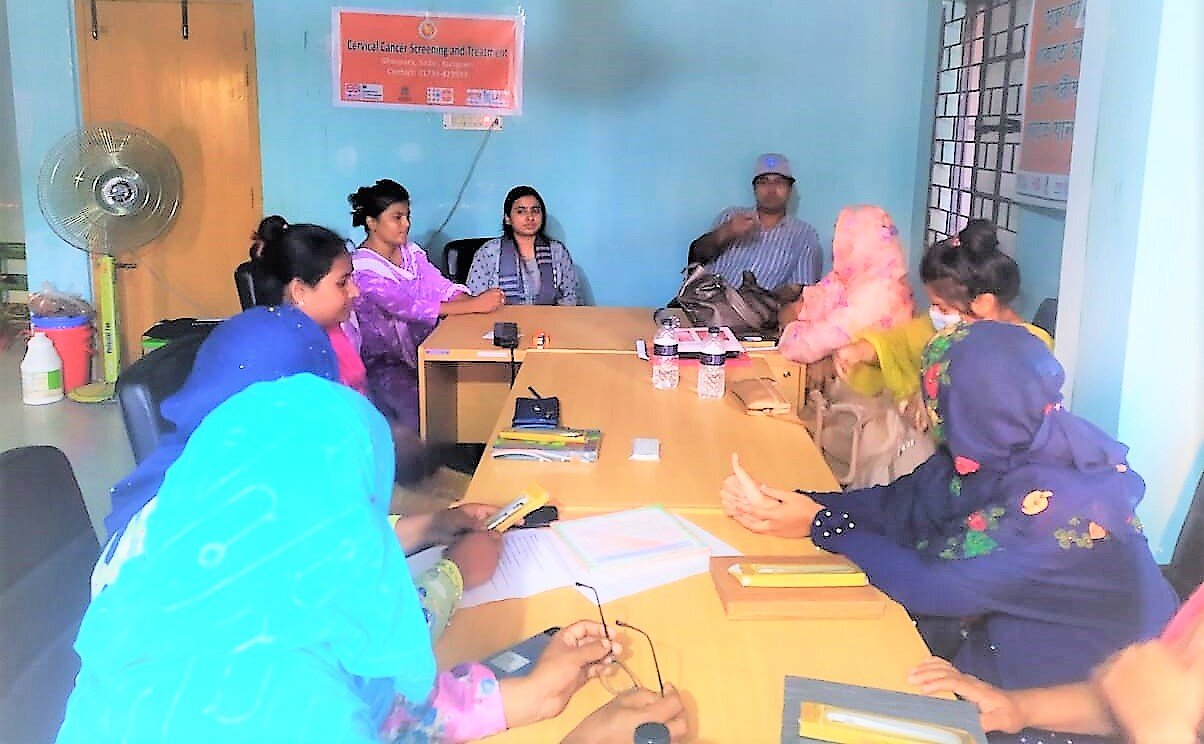Cervical cancer kills 6,582 women annually in Bangladesh
the Bangladeshi cervical cancer diagnosis rate is ~ 2 to 3 times higher than the US and has a mortality rate 5 times higher. HAEFA has implemented a “see and treat” program to lower these numbers.
On this page you will find:
Overview of Cervical Cancer (CC)
Basis of the See-and-Treat Method
Inception of CC Screening Program
CC Screening in Kurigram
CC Screening in Cox Bazar
Photo Gallery
CC Screening in the Rohingya Refugee Camps
Latest Updates
65,543 women screened for cervical cancer in Kurigram from Nov. 2019 – April 2023
43,506 women screened for cervical cancer in Cox's Bazar from July 2021 – April 2023
Overview
Cervical cancer (CC) is one of the largest health threats facing women in Bangladesh today. According to the International Agency for Research on Cancer (IARC), over 50 million Bangladeshi women are at high risk of developing cervical cancer.
Cervical cancer is typically caused by a long-lasting infection of human papillomavirus (HPV), one of the most common sexually transmitted infections of the reproductive system. While many HPV infections resolve naturally, certain oncogenic types can cause cervical cancer. With 11,956 women being diagnosed annually, there are slightly over 20 diagnoses for every 100,000 Bangladeshi women. In contrast, in the United States, this rate fluctuates between seven to eight cervical cancer diagnoses per 100,000 women. Not only is the diagnosis rate two to three times higher in Bangladesh, but diagnosed Bangladeshi women are five times more likely to die when compared to the US. In fact, it is the second most common cause of death for women in Bangladesh and other developing nations.
To combat this issue, HAEFA introduced an innovative single-visit See-and-Treat Program to diagnose and treat cervical cancer in its early stages. When diagnosed in pre-cancerous form, cervical cancer is one of the most successfully treatable forms of cancer, as long as it’s managed effectively. By screening and treating pre-cancer lesions in women with cervical cancer, HAEFA hopes to bridge this gap in diagnosis and care for the many Bangladeshi women suffering from cervical cancer.
Inception of Cervical Cancer Screening Program
HAEFA has piloted a unique See-and-Treat cervical cancer treatment program in response to a regional lack of awareness and treatment of the disease. The screening program was spearheaded by Dr. Abid in partnership with Dr. Cu-Uvin who first established the CC Screening Program at Academic Model Providing Access to Health Care (AMPATH) and Moi Teaching and Referral Hospital (MTRH) in Eldoret, Kenya.
Funding was awarded through Stars in Global Health by Grand Challenges Canada to implement the See-and-Treat method to the RMG workers from March 31, 2018 to March 31, 2019. The See-and-Treat method consisted of a single-visit approach using VIA and thermocoagulation.
Accessibility has been a major issue with this program.
“People come into the clinics, and then they get screened,” said Dr. Susan Cu-Uvin, director of the Brown Global Health Initiative (GHI), “But the rest of the population, particularly in rural areas where they have no direct access to services are not being screened.” HAEFA hoped to fill the need by targeting such areas.
HAEFA has been providing this see-and-treat CC screening to women aged between 30-60, using mobile colposcope in Kurigram district since 2019 and in Cox’s Bazar district since 2021. HAEFA has been working with UNFPA and DGHS with funding support from FCDO for Kurigram and from the World Bank for Cox’s Bazar. Cox’s Bazar is part of the Health and Gender Support Project for host communities funded by the World Bank.
Basis of the See-and-Treat Method
The See and Treat program focuses on teaching female healthcare providers how to screen for cervical cancer using the visual inspection with acetic acid (VIA) method. VIA involves performing a vaginal speculum exam in which a health care provider applies diluted 3-5% acetic acid (vinegar) to the cervix. In order to complete VIA, HAEFA trained participants to use technology from MobileODT, a medical technology company focusing on women’s health.
For those who tested VIA positive, thermocoagulation is a possible treatment. Thermocoagulation is a method of treatment for cervical cancer that uses heat to destroy tissue. After treatment, the superficial epithelium layer of the cervix blisters off, and the stroma and glandular crypts beneath the epithelium are destroyed by desiccation. The destroyed tissue removes the threat of cancer.
Trainees learned to:
input data
use an examination table
prepare an instrument tray with cotton swabs, sterile vaginal speculums, examination gloves, and acetic acid.
See-and-Treat Method in Kurigram
Since October 2019, the HAEFA cervical cancer screening team has been working in 3 sub-districts of Kurigram: Ulipur, Chilmari and Negashwari.
VIA Screening
In 2019, a training took place coordinated by Md. Saim Khan in order to expand the project. The training took place on October 30 and 31, 2019 with a total of 29 participants each day of training from the Upazila Health Complex (UHC) of Nageshwari, Ulipur, Chilmari, and Kurigram. Dr. Cu-Uvin led the training sessions and Dr. Pial translated them in Bangla.
This new training included:
Cervical cancer case reviews
Hands-on training from the district hospital
Meetings with staff from the United Nations Population Fund
Through the COVID-19 pandemic, training has continued and Dr. Cu-Uvin has created an online training program. While the online training serves to train nurses during the lockdowns, due to the remote nature of many regions, it is not always accessible Thus, as Bangladesh recovers from the pandemic, the screening program is restarting onsite training.
As of 2022, the HAEFA cervical cancer screening program has expanded to all 9 Upazila Health Complexes (UHCs) and 6 camps in Kurigram. Women undergo VIA/mobile colposcopy screening by midwives and nurses with same-day, on- site treatment with thermocoagulation by physicians for those with positive VIA.
See-and-Treat Method in Cox’s Bazar District
Recently HAEFA has expanded the cervical cancer screening program to the Cox Bazar. Currectly, HAEFA screens women in 7 VIA Centers (Sadar Hospital, MCWC, Ramu UHC, Moheshkhali UHC, Chakaria UHC, Pekua UHC and Kutubdia UHC) and 11 VIA camps in the respective Upazilas of Cox’s Bazar.
All cases that tested positive through the initial VIA screening are referred for further investigation. Our team then follows up with the patients and organizes a second VIA screening test and colposcopy in Cox’s Bazar Sadar Hospital, where both colposcopy and thermocoagulation are performed. Previously identified cancer patients are referred to the Chattogram Medical College and the National Institute of Cancer Research & Hospital (NICRH), Mohakhali, Dhaka for further treatment.
Hands-on Refresher Training on Mobile ODT and Thermocoagulation Machine
Practical demonstrations on data input, imaging, and screening using Mobile ODT were introduced and performed under the supervision of Prof. Dr. Susan Cu-Uvin in the presence of senior OBGYN consultants, medical officers, midwives, paramedics, and SSNs.
The goal was to train the participants to provide better service with more accuracy and minimal suffering to patients with precancerous lesions.
Check out this Blog to learn about the doctors implementing this amazing program!
Recent outreach in Moheshkhali, one of the hard-to-reach areas in Cox's Bazar. HAEFA Country Director ATM Zafrul Hassan and respective UHFPO visited the VIA camp.
Photo Gallery
Cervical Cancer Screening in the Rohingya Refugee Camps
In 2019, the See-and-Treat method was additionally implemented in the Rohingya refugee camps. Cervical cancer screenings are incredibly important for this population given the prevalence of sexual assault that have unfortunatly been known to occur in the Rohingya camps. There were high hopes for the program in the camps given the success in the garment factories and the Kurigram district. However, due to cultural differences in the camps and poor messaging tactics, the initiative was not a success. The Rohingya refugee population was predominantly Muslim and highly conservative. In addition, they were not used to preventative services, especially the pelvic exams that the screening required and many were not properly educated on the importance of cervical cancer screenings. To make matters worse, with the onset of the COVID-19 pandemic the treatment program in the camps had to be postponed.
However, learning from the previous initiative HAEFA is planning to treat women at both of the HAEFA health centers in Kutupalong and Balukhali and launch a major post COVID-19 cervical cancer screening campaign. At the forefront of this campaign HAEFA hopes to emphasize health education on cervical cancer screening and treatment by HAEFA’s signature “see-and-treat” digital method. In addition HAEFA hopes to work with community leaders such as the Muslim imams to sway the support of husbands who have a large influence on their wives’ lives. Through these new methods the cervical cancer team is certain that the program will solve the previous cultural issues and insure that the program is a success.
Last updated 5/20/2023
